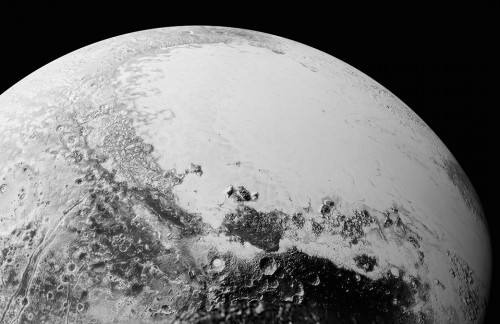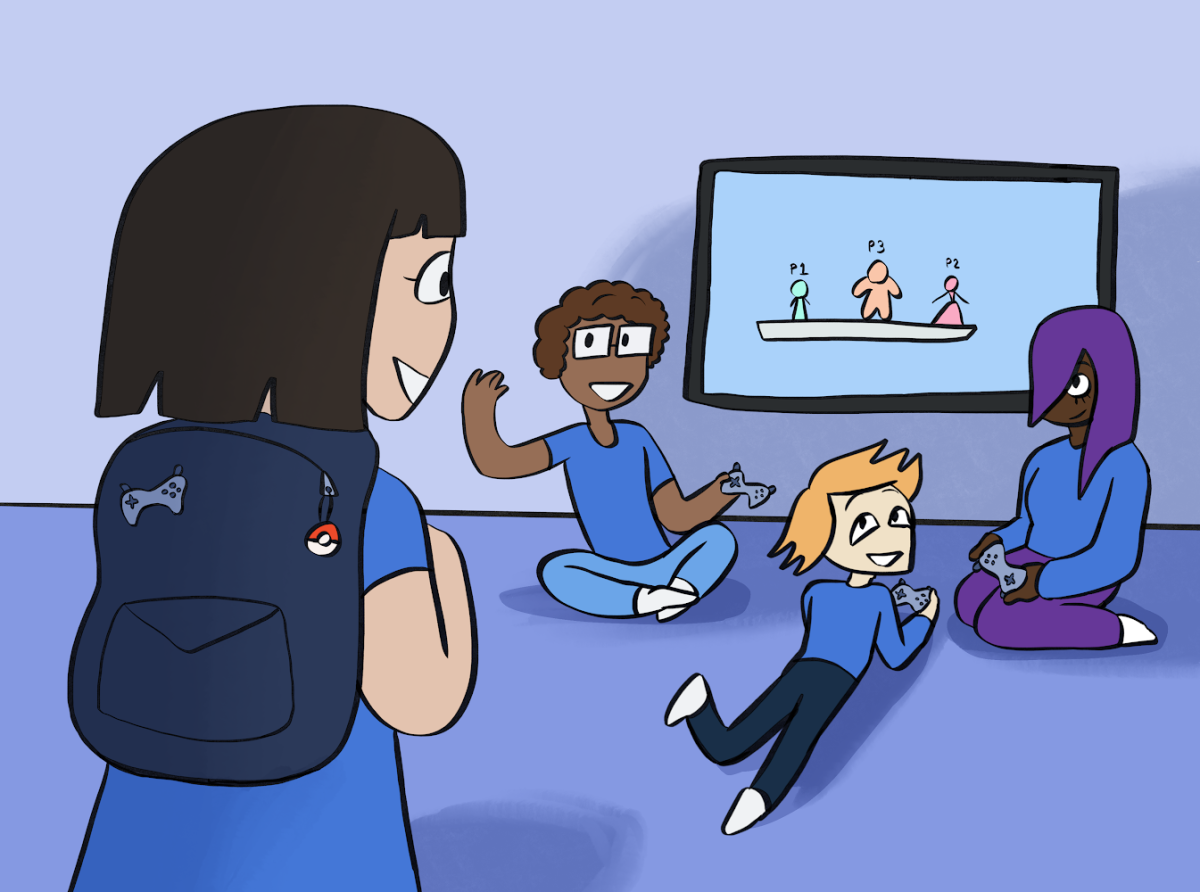
Nine years ago, engineers at NASA launched a piano-size spacecraft into the void of outer space to explore what was, at the time, the farthest planet in our solar system. Earlier this summer, after 3 billion miles of travel at 31,000 miles per hour, the spacecraft New Horizons passed within 8 thousand miles of Pluto, the icy Dwarf Planet on the edge of our solar system.
Today, New Horizons is past Pluto and has potential to continue to send useful information back from the Kuiper Belt. Since its Pluto flyby on July 14, scientists at NASA have been analyzing the data sent from New Horizons. From the first high quality photos taken of Pluto, they have learned about the planet’s formation, its recent activity, young mountain ranges and its atmosphere.
This information has already shed light on the worlds at the edge of our solar system, but it could also potentially help us understand Earth and its own environmental issues. However, public awareness of NASA’s discoveries seem to be lacking due to decreased funding.
While it may seem impressive enough that NASA was able to get a probe to an object 3 billion miles away, the speed in which this mission was put together makes this achievement even more impressive. There was an opportunity to use Jupiter’s gravity to propel New Horizons and save three years off the flight, making the window to create the mission and get New Horizons launched very narrow.
Jim Sweitzer, former Associate Director of the Adler Planetarium and former director of the NASA Space Science Education and Outreach program at DePaul, is an astro-scientist with over 30 years of experience in space programs.
“The big achievement with New Horizon was getting it together quickly. (NASA) didn’t have a lot of time… it was pretty quick,” Sweitzer said. “The planets were aligned, and they had a launch window and they had to put the mission together pretty quickly.”
According to Schweitzer, the NASA team in charge of the New Horizon’s mission was limited in another crucial component: its budget.
“It’s not a big spacecraft,” he said. “It’s not highly articulated, it doesn’t have complex instruments on it compared to other crafts. But it works.”
Astro planets and exoplanets, the search for life and planets in other solar systems, are big issues right now.
Jim Sweitzer, former director of the NASA Space Science Education and Outreach at DePaul
The New Horizon’s team had a “small budget, and not much time to get (their) act together, and they got this thing all the way to Pluto,” Sweitzer said. “It’s amazing… To think we have close up pictures of Pluto is just wonderful.”
During New Horizon’s nine-year voyage, much has changed regarding U.S. space exploration and discovery. In 2011, President Obama stopped the space shuttle program, ending manned flights to Earth’s moon. Sweitzer said the program may be activated again with a new spacecraft called Orion.
The future goal of Orion is that it “will launch on NASA’s new heavy-lift rocket, the Space Launch System. More powerful than any other rocket ever built, SLS will be capable of sending humans to an asteroid and eventually to Mars,” according to NASA’s website.
While space shuttle missions may be finished, manned space exploration is still alive and becoming more adventurous than ever been before. “Astro planets and exoplanets, the search for life and planets in other solar systems, are big issues right now,” Sweitzer said.
These issues are what make Orion so exciting. “This is a true interplanetary spacecraft for humans,” Sweitzer said. “This could fly to the moon and it could be part of a system to fly all the way to Mars.”
Unfortunately, the spacecraft, which launched its first successful test flight last December, is not well known. Sweitzer speculated NASA isn’t promoting Orion they way they would have in the past due to budget cuts that have been made to the space program.
According to information from the Office of Management and Budget (OMB), in 2010 NASA received roughly .52 percent of the federal budget, compared to roughly 0.75 percent in 2000, and 0.99 percent in 1990.
What this means is as NASA moves forward to manned interplanetary missions, it has less funding for its operations, and less resources to publicize what it has found.
As Sweitzer speculated, though, public awareness of these discoveries, and public involvement in them, may be lagging because NASA isn’t running the kinds of public relations programs they did in the past.
Regardless, the race for discovery is never over. As New Horizons continues to sail out of our solar system and send more data about a space that is no longer beyond our grasp, and as astro scientists and engineers continue to work on sending Orion to other planets, there are some who still prioritize the exploration of space, and with it carry the torch in the race for discovery.







